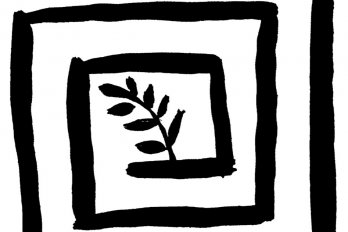Ihave been using animals in my photographs since 1979. It started with a photograph that included two dogs that looked stuffed but were alive. In the early eighties I did a series of interiors at gentlemen’s clubs and the kind of paintings you find in these clubs that depict animals. There was one painting of a hunt, with dogs tearing up a boar. I was thinking about how we represent animals in art, and I began using taxidermy soon after that.
“Fables is part of series I did at the Carnavalet, a museum of Parisian history where different rooms from palaces across Paris have been reconstructed. I like the disruption of animals in this pristine museum where they don’t belong. If they were real they would pee and crap on the furniture, they would annihilate the space. I focused on animals that coexist with us in large urban centres. There is a Christian hierarchy, with man on top and animals at the bottom, and I’m critical of the idea that one species is superior to another. So this is my way of bringing their presence indoors, in a mannered, rhetorical way.
“I live in the east end of London where there are a lot of artists and the area is surrounded by gardens inhabited by foxes. They are forever going through the trash. Once in a while, I am woken up by a fox cry, which is very eerie—it’s like a baby crying. When I was in Paris, I couldn’t find a good taxidermist who had foxes and pigeons, so I had to come back to London and photograph them here. The English are very good at taxidermy. I photographed the animals under similar lighting conditions as the Carnavalet, and then digitally placed them in the interiors. They look very believable, though there is something revolting about them. They’re cadavers. I’m photographing dead animals and putting them in a museum setting, which in a way, is also a dead space. The thing that triggered the idea was going into the museum and seeing a hole in the wall, then wondering if there were any animals in there living parallel lives. I’m not saying the Carnavalet is infested by vermin; my work is about documenting the museum, but with an allegorical edge. That’s why I call this series Fables.”




